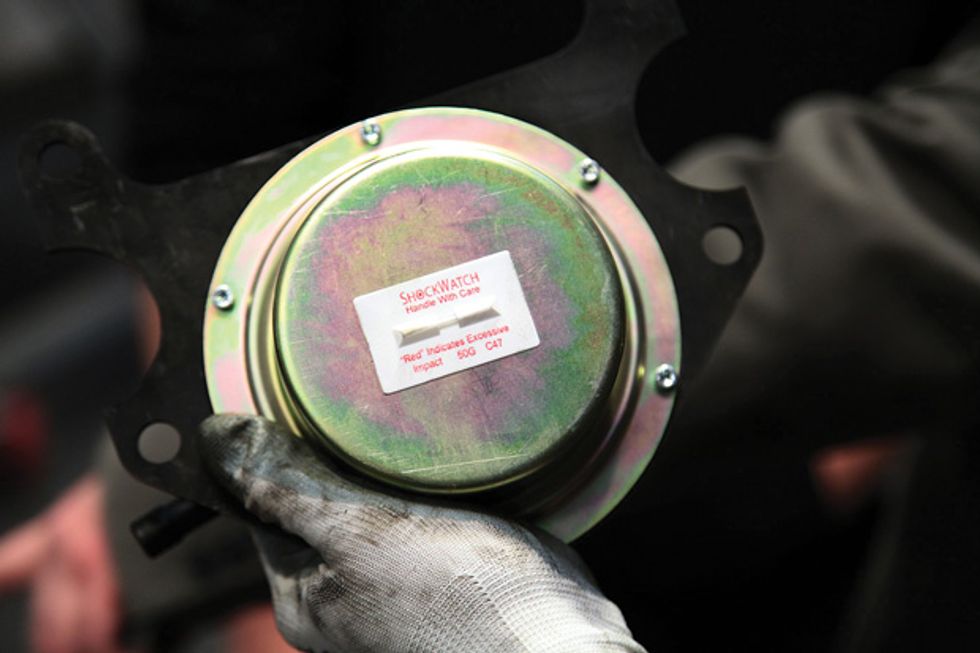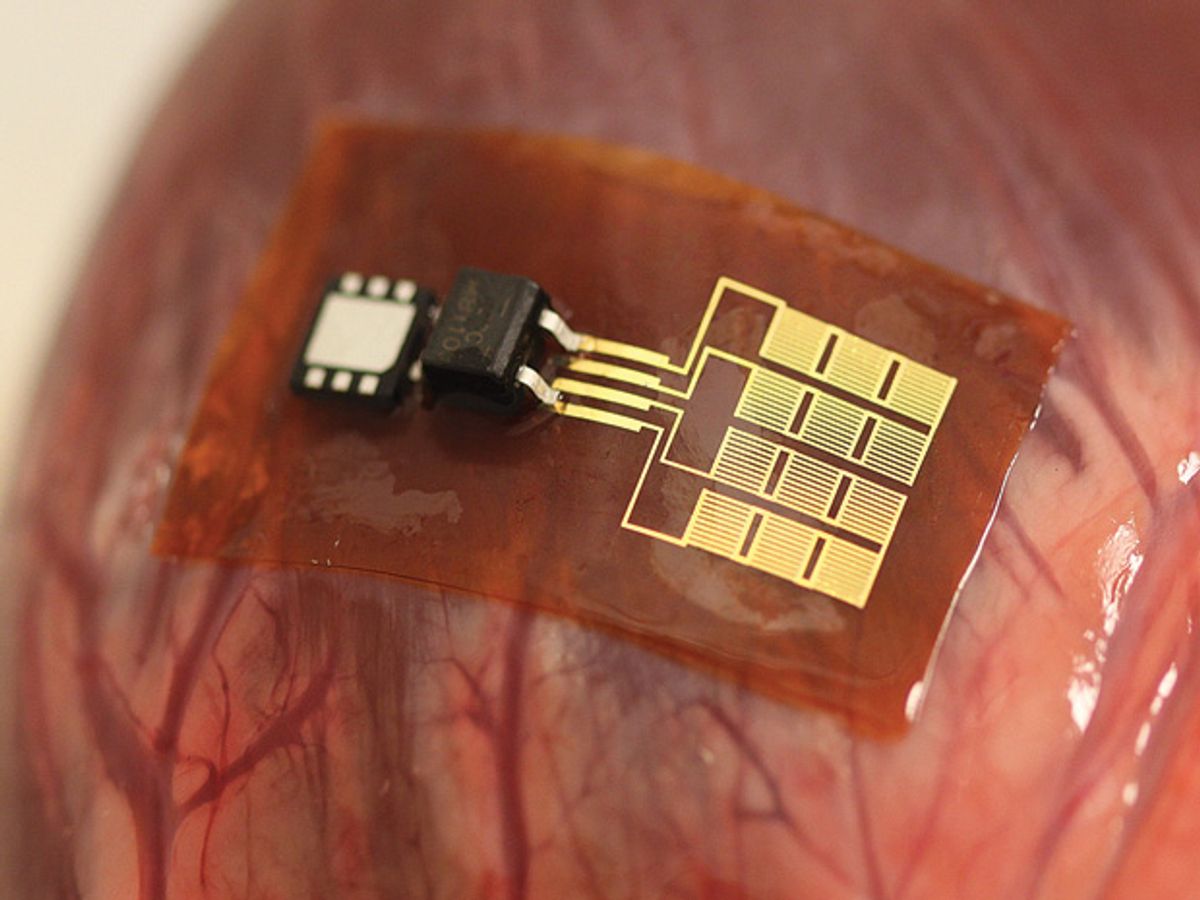We are entering an era when scavenging tiny amounts of power from the environment can power small devices to do extraordinary tasks. The needs of the Internet of Things and the advent of lower-cost components are moving energy-harvesting systems from niche applications to broad-scale practicality.
This was the clear message of a conference sponsored by market research firm IDTechEx, held in Santa Clara, Calif., last November, where seven events took place at once. In addition to energy harvesting and storage, the topics covered were printed electronics, wearable technology, 3-D printing, supercapacitors, the Internet of Things, and graphene. These seemingly disparate fields are tightly linked; for example, as IDTechEx CEO Raghu Das pointed out, wearable devices were a strong driver for energy-harvesting technologies. Throughout the sessions and in the exhibit hall, other linkages were evident: Supercapacitors hold the potential to create highly efficient ways to store and release harvested energy, and 3-D printing plays a big role in creating prototypes and short-run custom production items.
According to IDTechEx’s analysts, the energy-harvesting industry is projected to grow to US $2.6 billion by 2024. The harvesting show was built around three main sources of energy and the technology used to tap them: mechanical energy, heat, and electromagnetic emissions.

One means of harvesting mechanical energy discussed was a module created by the British company Perpetuum. Its module harvests energy from the vibration of railroad car wheels: The vibrations oscillate a magnet in a fixed coil, powering sensors that monitor the temperature of wheel bearings. Southeastern Railways, based in England, has installed Perpetuum’s system on all 148 of its Electrostar trains to identify and address small problems before they become large ones.
Energy from motion can be harvested by other means. A variety of materials exhibit piezoelectric properties: Apply a force and the material generates an electrical current (and vice versa). And new piezoelectric materials are being created all the time. For example, a University of Illinois graduate student has created a thin, biocompatible piezoelectric film that can be implanted safely in living tissue. A multilayered device incorporating the film that is mounted directly on the surface of a human heart can power a pacemaker. This can eliminate the risk to patients that comes with surgically replacing a standard pacemaker every 5 to 10 years, when its batteries run low. Piezoelectrics can also work for larger-scale applications. During the 2012 Summer Olympics, in London, part of an underground station’s walkway lighting was powered by passengers’ footsteps across energy-harvesting tiles. IDTechEx estimates that the piezoelectric market worldwide was about $35 million in 2014, nearly twice the size of the market for 2013.
IDTechEx’s analysts were also bullish on the size of the market for thermoelectric systems that can convert unwanted heat energy to electricity. While thermoelectric systems have been around for decades, new solid-state thermoelectric devices can work with smaller temperature differences, increasing the number of places they can be used. At the show, the analysts forecast that the thermoelectric-generation market will more than double from 2014 to 2016, reaching nearly $95 million.
Automotive applications are an obvious target, but industrial applications are more likely to drive growth in this segment. Wireless sensors powered by excess heat in manufacturing settings can lower installation and maintenance costs by eliminating power and communications wires for each location.
Perhaps the most magical method of energy harvesting is drawing on ambient electromagnetic emissions. This isn’t a new idea: Crystal radios were pretty popular once upon a time, and RFID tags and photovoltaic cells are pretty popular today. The concept can be taken further, however. It is possible to pull energy from the various radio frequencies that wash over us all the time. The Spanish textile research association Aitex, in collaboration with other researchers, has created cloth that contains tiny antennas woven directly into the fabric. This technology could be developed so that our clothing could capture enough energy to power biometric sensors and other wearable devices.
The IDTechEx conference was an excellent example of how the whole can be greater than the sum of its parts. There was an energy and enthusiasm among the participants that’s been missing at many technology events in recent years. The excitement generated by the multiple markets, all experiencing rapid growth, was reminiscent of the heady early days of the personal computer, when anything was possible and amazing products were within reach. Energy harvesting is going to play an important role in changing the way we interact with everyday items, our data, one another, and even our own bodies.
This article originally appeared in print as “Reaping the Energy Harvest.”
Alfred Poor is a technology speaker and writer with a focus on health tech. He was the editor of “Health Tech Insider,” a website that covered wearable and mobile devices for health and medical applications. He also helps tech company executives make a better impression in video meetings and online presentations. A graduate of Harvard College, he is the author or co-author of 15 books and is widely quoted in major media outlets.



